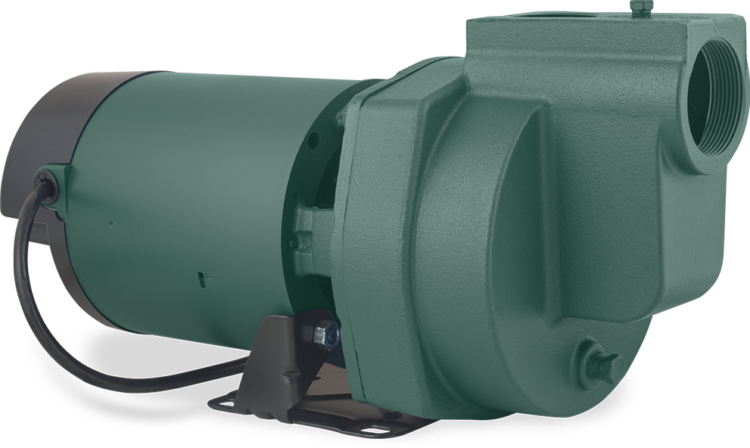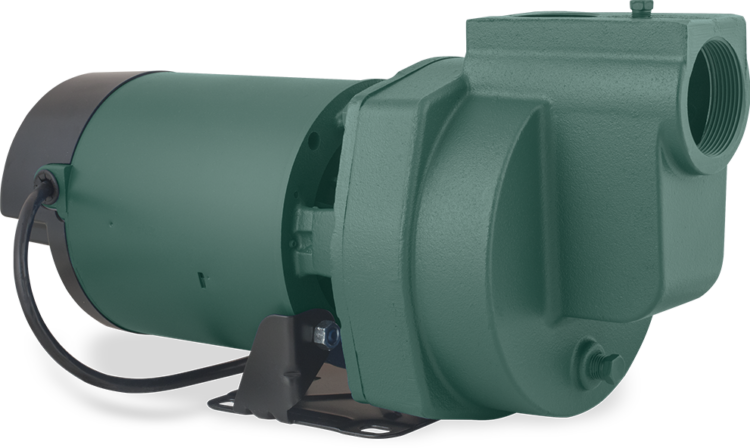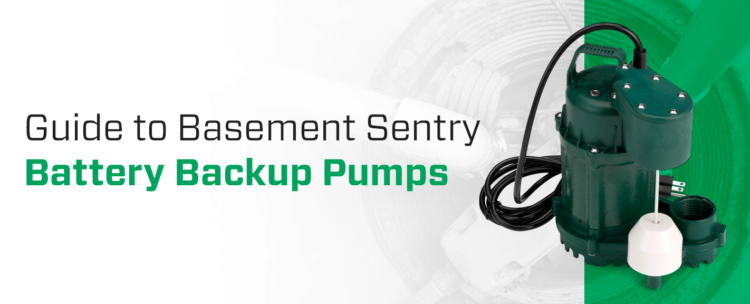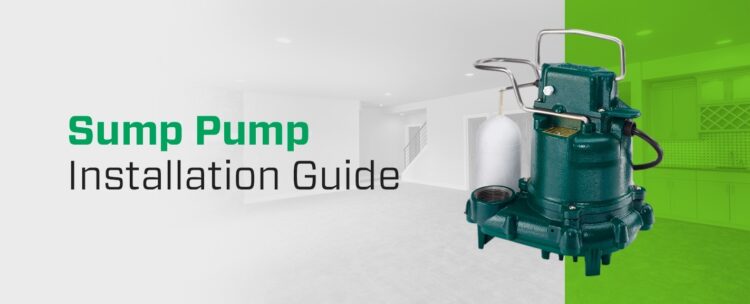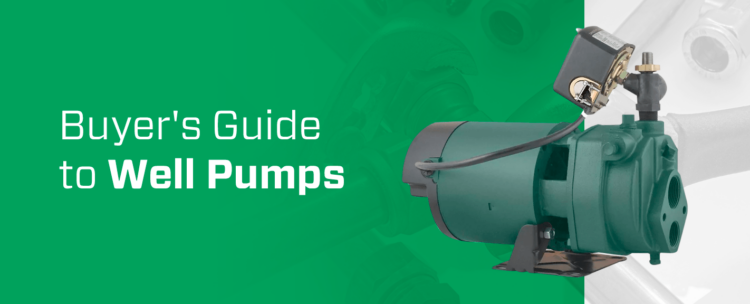Preparing your irrigation pump for winter is crucial for preventing damage caused by freezing temperatures. As the cold season sets in, you must be ready to winterize your system. Whether you’re new to irrigation pump maintenance or a seasoned professional, this article offers steps for homeowners to ensure you winterize your system correctly.
Why Prepare Your Irrigation Pump for Winter?
Preparing your irrigation pump for winter is all about foresight and protection. It’s more than a seasonal chore — it’s essential to irrigation pump maintenance. By taking steps to winterize your system, you can:
- Prevent winter damage: Winterizing irrigation pumps can help prevent the water inside from freezing and expanding, which can cause cracks and significant damage to your system.
- Avoid costly repairs: Preparing your irrigation pump for winter helps minimize the chance of needing extensive repairs or replacements of damaged parts when the cold has taken its toll.
- Ensure pump efficiency in spring: When spring rolls around, you want your irrigation system ready to go without a hitch. Proper winter preparation means your system will be in optimal condition when it’s time to use it again.
How to Winterize Irrigation Pumps
Here are key steps for preparing your irrigation pump for winter:
1. Turn Off the Power to the Pump
The first step before winterizing your irrigation pump is to shut off the power. Keeping the system off prevents accidental start-ups during the winterization process.
2. Drain the Irrigation System
The most crucial part is removing all the water and draining the entire system. Depending on the drain fitted on your system, you can use manual, automatic or blow-out drainage.
For manual drainage, you open the drain valves to empty the system. Automatic irrigation systems have valves that automatically drain the water once the pressure drops. To relieve the pressure, you just have to run the system for a short while. Lastly, the blow-out method involves using an air compressor to blow out the water from the lines.
3. Check for Damage
Clean and inspect the pump components for signs of wear or damage. Repair or replace any affected parts to ensure your pump is in peak condition for spring.
4. Store the Pump
Store the pump in a dry, sheltered place when it’s not in use. Proper seasonal pump storage prevents exposure to weather elements that could cause damage, such as snow or cold temperatures.
Trust Zoeller at Home for Your Irrigation Pump Needs
Zoeller at Home knows the importance of winterizing irrigation pumps and keeping them in optimal condition throughout the seasons. We are committed to providing high-quality irrigation pumps with long-lasting, reliable performance. Shop our solutions today, or contact a retailer near you for more information.
